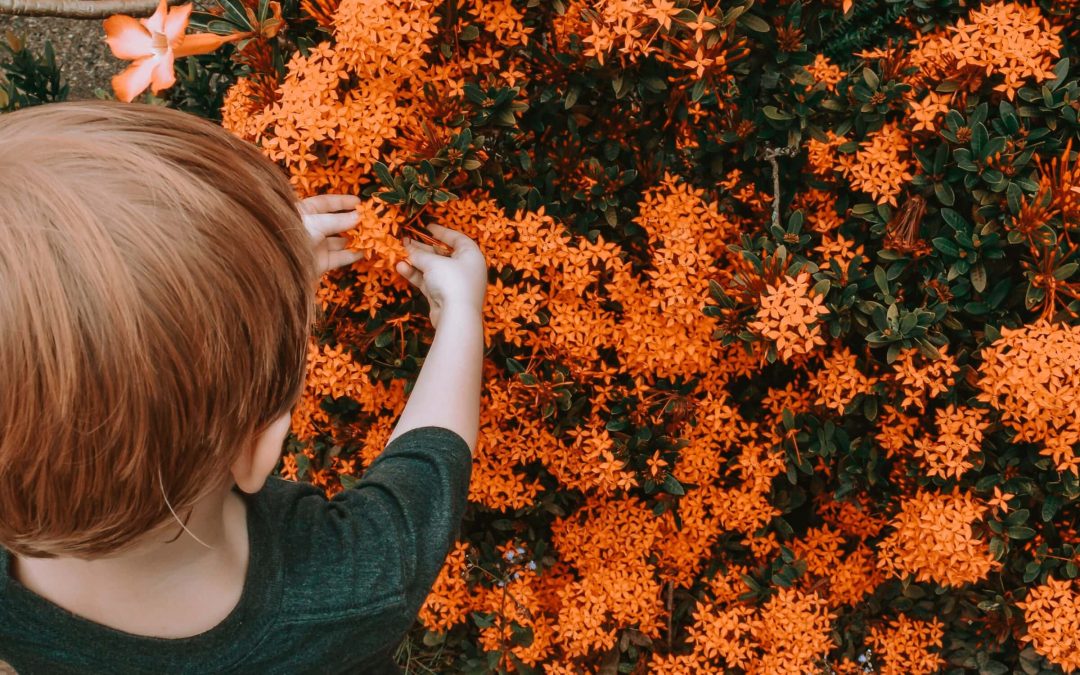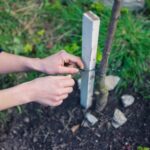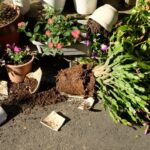How Do You Care For A Dwarf Ixora?
The Dwarf Ixora plant, or the Ixora Taiwanesis, is a beautiful, bushy, red plant that makes a beautiful addition to any yard or garden. The Dwarf Ixora also goes by “Flame of the Woods” or “Jungle Flame,” both of these names in reference to the luminous colors of this plant.
As part of the Rubiaceae family, it’s unique and diverse, much like the other plants in this group. Dwarf Ixora plant care is low maintenance and great for just about anyone. The plant grows in bright, fiery clusters that can help brighten any space by adding the most amazing pop of color.
One of the great qualities of the Dwarf Ixora is that it flowers all year round, so you can save money by keeping this around your home and also maintain the same magnificent aesthetic that they provide.
If you’re not sure where or how to plant the Dwarf Ixora in your hard, consult our landscaping team, who can help plant and install this amazing shrub for you.
Can Ixora Dwarf take full sun?
The Ixora Dwarf grows best in zones 9 through 11. Also, soil quality is essential for this plant, much like other plants, such as the azalea. The PH of soil needed to adequately grow a healthy Ixora is between 5.0 and 6.0 ph. Performing proper soil testing is essential in order to maintain a healthy plant and ensure its longevity.
With proper sunlight, this beautiful plant can grow about two feet high. For this plant, too much sun isn’t a problem. Make sure to plant the Ixora Dwarf in a place that receives a lot of full sun if possible. Yes, it can tolerate a bit of shade but not for long periods of time, especially during peak sun hours. Finding a spot that’s away from a large hedge or away from a tree is ideal for making sure it receives enough sunlight throughout the day. If this plant doesn’t receive enough sunlight, you’ll know due to its inability to grow its flowers properly.
How Much Sun Does A Dwarf Ixora Need?
The Dwarf Ixora needs at least six hours of direct or indirect sunlight each day. Direct sunlight is best because it utilizes the sun’s energy in order to grow all of its bright, beautiful blooms. Six hours in minimum, and it can tolerate even more than that. If your plant does encounter some shade, as long as there’s a bit of indirect sunlight, it should still grow properly.
Planting the Dwarf Ixora near a space that’s open and free from obstructions is ideal. These types of plants are easy because you don’t have to worry about them getting too much sun; they’ll love basking in the sun’s brightness and will grow much more abundantly and alluring because of it.
Red Ixora Dwarf Inside Vs. Outside Care
The Red Ixora Dwarf is a great plant that can be grown both inside and outside. If you plan to grow this plant indoors, it’s important to note that the outdoors is the preferred environment for it. The reason for this is that it requires a large amount of sunlight throughout the day.
The Red Ixora Dwarf favors direct or indirect sun and needs it in order to blossom fully. Growing this plant indoors requires you to keep it near a window.
Luckily, you can place it in the direct sunlight of your window without worrying about it getting too much sun; this is one of those plants that will never get tired of the sun’s bright rays. Also, using high-quality potting soil is essential in allowing the Ixora to flourish.
If you plan to grow the Red Ixora Dwarf outside, it’s essential to plant it in a place that will receive large amounts of sunlight. Also, making sure the soil’s PH is at an appropriate level is important for the longevity of this plant. Once it’s planted, maintenance is very easy, and the colorful flowers that will bloom are rewarding.
Common Ixora Dwarf Problems
The Ixora Dwarf is prone to a few problems. Luckily, most can be easily prevented or remedied. Here are a few of the top problems with the Ixora Dwarf plant.
Leaf Spots
If you notice your plant developing discolored spots or yellow patches, it may have a fungal infection. The spots may also be due to certain bacteria or insects causing the damage. Most of the time, the infected leaves will eventually fall away from the plant and won’t cause long-term damage.
One of the main causes for developing these spots is overwatering. Having too much water in the soil can prevent the plant from absorbing enough of it, making it a suitable home for fungal growth.
Armillaria
Armillaria, otherwise known as mushroom root rot, is a disease that kills the vascular tissue of the plant. After this is done, the roots will also become damaged and eventually die.
A few key warning signs of this condition are discolored stems, having an abnormal amount of leaves dropping, and some branch dieback. Making sure your plant is in well-draining soil is essential to prevent this fungal rot from growing.
Sooty Mold
Sooty mold is a black fungus that grows on certain plants. The fungus resembles soot and causes a very unwanted appearance wherever it appears. This soot-like mold is usually harmless and won’t necessarily cause long-term damage. There are a few methods you can use to remove it from your Ixora Dwarf. Neem oil and insecticidal soap can be used to wash away and kill the soot. You can also wash it down with a garden hose to help remove it from your plant easily.
Add Some Color
The Ixora Dwarf plant is a wonderful addition to your home or garden. Not only will it brighten and illuminate wherever you plant it, but it’s easy to care for and can tolerate the sun. If you’re looking for a bright, beautiful, alluring shrub, the Red Ixorda Dwarf is for you. For more questions on how to grow the Ixora Dwarf, or if you’d like to schedule a service to help plant and plant out your garden space, check out all of our available services here.
.






